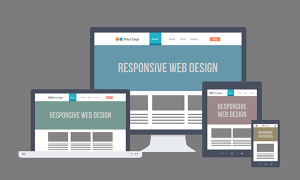Never judge a book by its cover, or so the old adage goes, but let’s be honest with ourselves — we evaluate all sorts of things based on their appearance. It’s no different when it comes to design, especially when it comes to food packaging, the wrapping designed to elicit one of your most primal impulses…hunger. No one wants to purchase anything they’re going to consume in a beat up package, so why would you purchase anything that’s in an ugly package? Beautiful package designs aren’t just there for us to admire. The packaging design further expands a food company’s branding presence. Food packaging an important step in a process that gets your product off of shelves and into customer hands (or shopping carts). Having attractive and eye-catching food designs, along with good branding practices, will surely help your product to sell, and if you’re in the business of selling food, mouthwatering package designs will definitely get hungry shoppers to buy. Below, you will find 15 deliciously creative food packaging designs that will surely appeal to your appetite.
Marou Chocolate
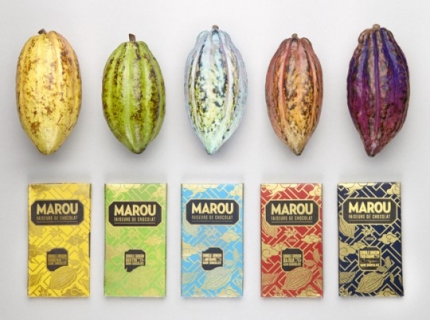
Mi Happy Panettone
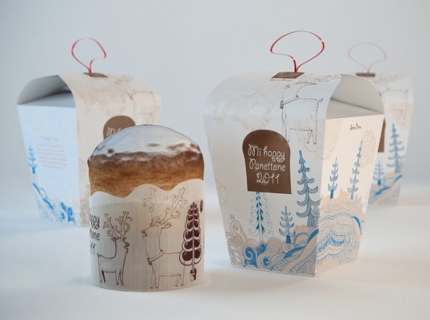
Yamarka Platinum
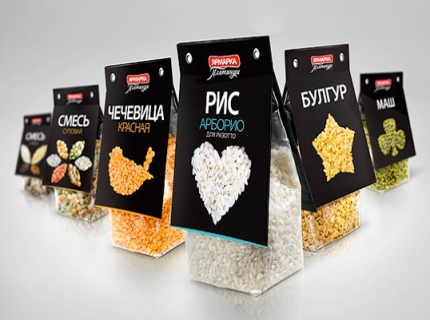
Gran Farina
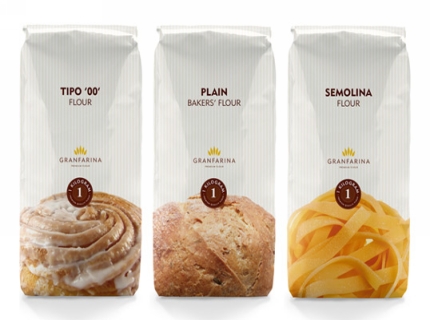
Princip!
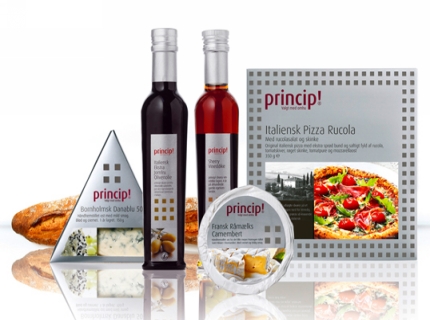
Doritos
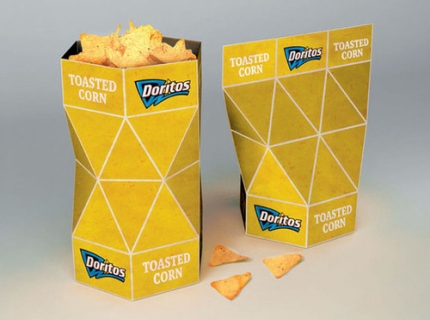
Yummy Ice Cream
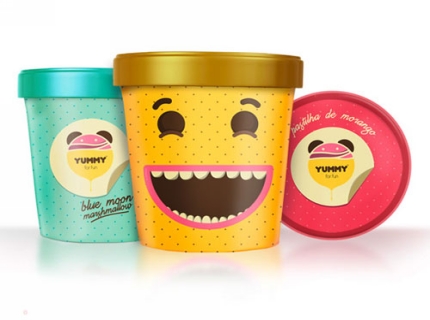
Bite
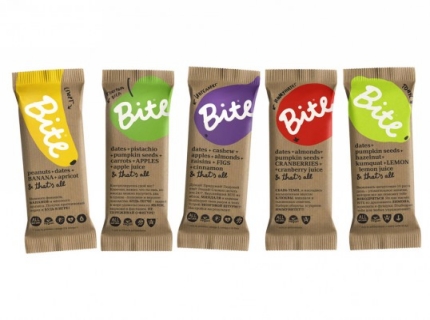
Sardines
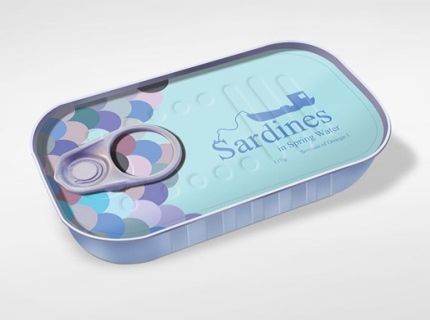
Point G
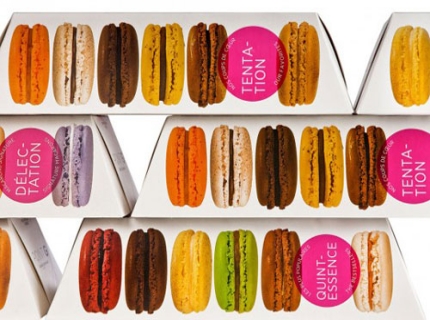
Nonna Lina
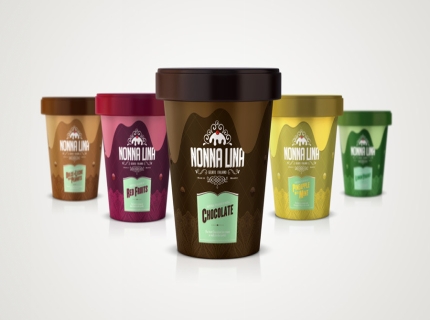
Briaura
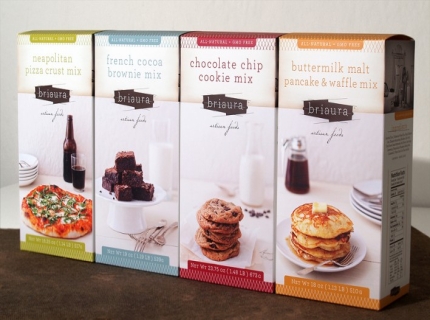
Urtehavens
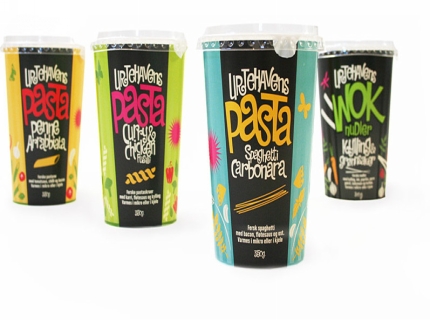
Einem Chocolate
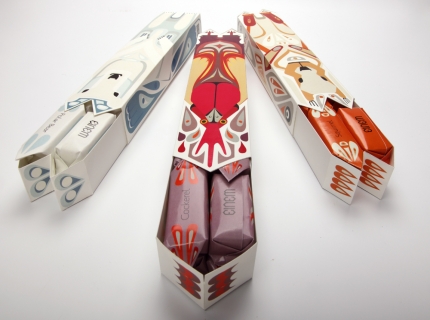
Smarrig
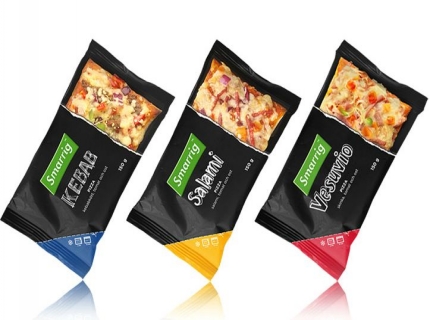 Do any of these packaging designs appeal to you, or is there another design that gets you hungry? What makes a good packaging design in your opinion?
Do any of these packaging designs appeal to you, or is there another design that gets you hungry? What makes a good packaging design in your opinion?
Frequently Asked Questions about Creative Food Packaging Designs
What are some innovative trends in food packaging design?
The food packaging industry is constantly evolving, with new trends emerging all the time. Some of the most innovative trends include sustainable packaging, minimalist design, interactive packaging, and storytelling. Sustainable packaging involves using materials that are biodegradable or recyclable, reducing the environmental impact. Minimalist design focuses on simplicity and functionality, often using a limited color palette and clean lines. Interactive packaging engages consumers by incorporating elements such as augmented reality, games, or puzzles. Storytelling uses the packaging to convey the brand’s story, values, or the origins of the product.
How does food packaging design impact consumer behavior?
Food packaging design plays a crucial role in influencing consumer behavior. It’s often the first point of contact between the consumer and the product, and can significantly impact purchasing decisions. A well-designed package can attract attention, convey the product’s quality and value, and create a memorable brand experience. It can also communicate important information about the product, such as its ingredients, nutritional value, and usage instructions.
What are some key elements to consider when designing food packaging?
When designing food packaging, it’s important to consider elements such as color, typography, imagery, shape, and material. Color can evoke emotions and associations, while typography can convey brand personality and product information. Imagery can illustrate the product or its benefits, while shape and material can influence perceptions of quality and sustainability. It’s also crucial to consider practical factors such as durability, ease of use, and regulatory requirements.
How can I make my food packaging design stand out on the shelf?
To make your food packaging design stand out on the shelf, focus on creating a unique and memorable design that reflects your brand identity. Use bold colors, distinctive shapes, and eye-catching imagery. Consider how the package will look from different angles and distances, and how it will stand out among competing products. Also, consider incorporating interactive elements or innovative materials to create a unique consumer experience.
What role does sustainability play in food packaging design?
Sustainability is becoming increasingly important in food packaging design. Consumers are becoming more environmentally conscious and are seeking out products with sustainable packaging. This can involve using recyclable or biodegradable materials, reducing packaging waste, or incorporating sustainability into the brand’s story. Sustainable packaging not only benefits the environment, but can also enhance brand image and appeal to eco-conscious consumers.
How can storytelling be incorporated into food packaging design?
Storytelling can be a powerful tool in food packaging design. This can involve conveying the brand’s story, values, or the origins of the product through the packaging. This can be achieved through imagery, text, or interactive elements. Storytelling can create an emotional connection with consumers, enhance brand loyalty, and differentiate the product from competitors.
What are some challenges in food packaging design?
Food packaging design can present several challenges. These can include regulatory requirements, durability and functionality considerations, and the need to stand out in a crowded market. Designers must balance aesthetic appeal with practical considerations such as protection and preservation of the product, ease of use, and environmental impact.
How can I ensure my food packaging design is consumer-friendly?
To ensure your food packaging design is consumer-friendly, consider factors such as ease of use, readability, and accessibility. The package should be easy to open, handle, and store. Information such as ingredients, nutritional value, and usage instructions should be clearly and legibly presented. The design should also be inclusive, catering to different age groups, cultures, and abilities.
How does food packaging design reflect brand identity?
Food packaging design is a key element of brand identity. It communicates the brand’s personality, values, and promise to consumers. This can be reflected in the choice of colors, typography, imagery, and materials. A consistent and distinctive packaging design can enhance brand recognition and loyalty.
How can I keep up with trends in food packaging design?
Keeping up with trends in food packaging design can involve researching industry news, attending trade shows and events, and observing successful brands and products in the market. Online resources such as design blogs, social media, and design inspiration websites can also provide valuable insights. However, while it’s important to be aware of trends, it’s also crucial to stay true to your brand identity and create a design that resonates with your target audience.
 Gabrielle Gosha
Gabrielle GoshaGabrielle is a creative type who specializes in graphic design, animation and photography.

